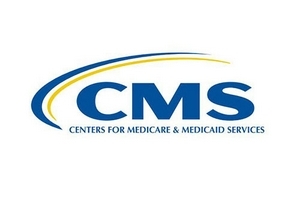Take a hint from a CPT®’s global period when choosing between modifiers 25 or 57
Contrary to popular thinking, modifier 57 does not apply exclusively for consultation codes only. Medicare may have stopped paying for consult codes, but this doesn’t mean you have to stop using modifier 57. Here are two tips on how you can use this modifier to suit your practice’s needs.
Background: Starting January 1, 2010, the Centers for Medicare and Medicaid Services (CMS) eliminated consult codes from the Medicare fee schedule.
Non-Consult Inpatient Codes Keep Modifier 57 Alive
With CMS eliminated consult codes (99241-99245, 99251- 99255) for Medicare patients, you might have wondered if modifier 57 (Decision for surgery) would remain useful. The answer? You can still use this modifier for a non-consult inpatient E/M code, so long as your documentation supports it. This is because any major procedure includes E/M services the day before and the day of the procedure in the global period, says Barbara J. Cobuzzi, MBA, CPC, CENTC, CPC-H, CPC-P, CPC-I, CHCC, president of CRN Healthcare Solutions, a consulting firm in Tinton Falls, N.J. “The only way you can be paid properly for an E/M performed the day before the major surgery or the day of the surgery is to indicate that it was a decision for surgery (modifier 57), which also indicates to the payer that the major procedure was not a pre-scheduled service,” she explains.
Past: Say the pulmonologist carries out a level four inpatient consult in which she figures out the patient requires thoracoscopy with pleurodesis for his recurring, persistent pleural effusion (511.9). The physician decides to perform thoracoscopy with pleurodesis the day after the consult. In this case, appending modifier 57 to the E/M code (99254, Inpatient consultation for a new or established patient, which requires these 3...





